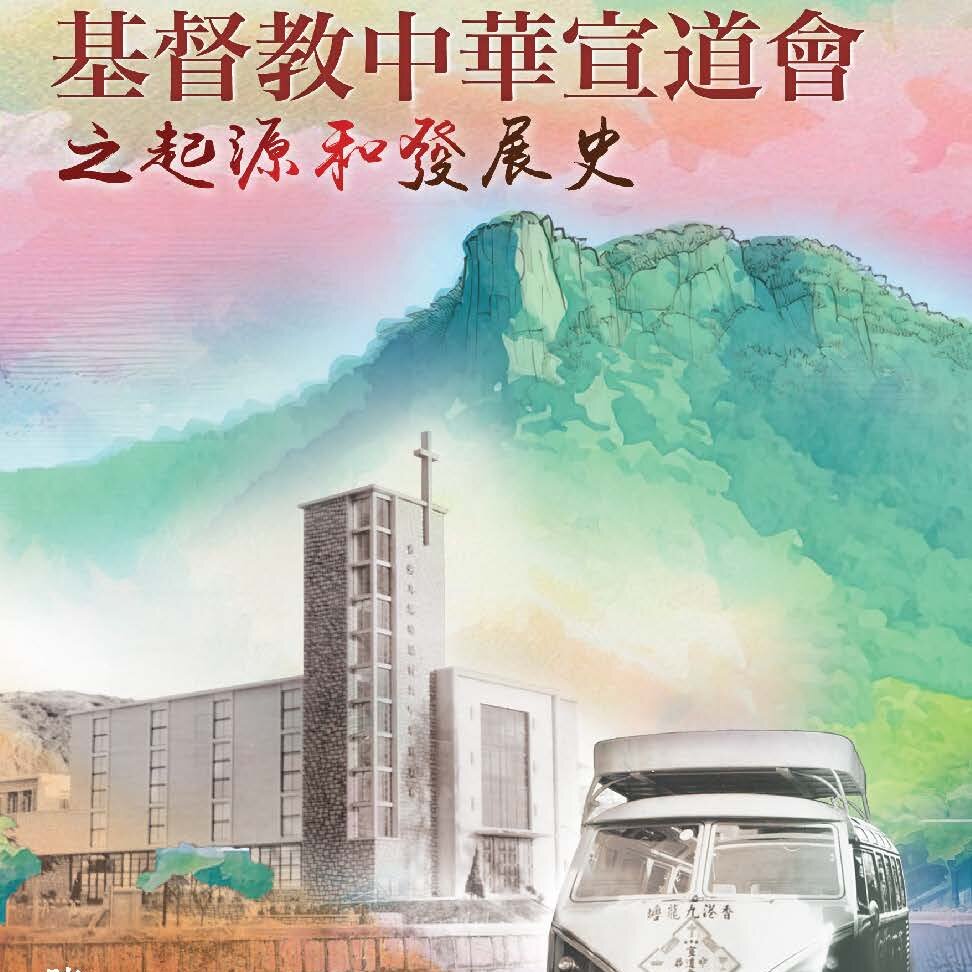四經?五經?六經?──對妥拉批判學的評析/黃天相
撮要
上世紀的學者已相信聖經內的書卷不是在短時間內寫成的,而是經過漫長的歲月才能形成,所以,他們的注意力都從對經文的解釋,轉移至研究經文傳遞方面,妥拉就是明顯的例子。這種歷史的分析是很重要的,至少能夠幫助我們更準確地理解經文的本質。本文分析各種研究妥拉形成的批判學,從不同的理論看妥拉形成前的流傳情況,這些理論包括韋侯申的來源批判學、恭高的形式批判學、北歐學派的口述傳統、馮拉德和盧特的傳統歷史批判學,以及周斯的正典批判學。最後,本文亦對這些批判學作出評論。
ABSTRACT
Since the last century, most scholars have believed that each book of the Bible was not “written” at a definite moment in time, but by a long process. A text, either an oral or written one, needs to be transmitted from one generation to another. Scholars, therefore, have shifted their interests from the exegesis of a text to the discovery of the way in which a text is transmitted. The Pentateuch is one of the most obvious examples. This kind of study is very important because it involves dischronic analysis of a text, which may help us to understand a text more precisely. This paper hopes to discover how the Pentateuch had been transmitted before the period of the fixation of the text. Various ideas about the process of transmission that scholars hold nowadays are examined. They include Wellhausen’s source criticism, Gunkel’s form criticism, The Uppsala school’s oral tradition, von Rad’s and Noth’s traditio-historial criticism, and Childs’ canonical criticism. At the end, a response, including strengths and weaknesses of these current theories, is made to their theories.
原載於《建道學刊》18期(2002年7月),頁21-46。
Latest Articles
新手牧者研究計劃(三):新手牧者的身心靈狀態 / 盧慧儀
2025 年 11 月 19 日
個體與關係:滕近輝思想中「深化」的靈性觀 / 倪步曉
2025 年 11 月 18 日
香港九龍塘基督教中華宣道會之起源和發展史/陳智衡
2025 年 10 月 20 日
Highlights
[電子書]困境與抉擇:「建道研究中心30週年誌慶」跨學科研討會論文集/廖炳堂、倪步曉主編
2025 年 1 月 2 日
從梧州到長洲:建道神學院125年的挑戰與恩典 / 陳智衡
2023 年 10 月 1 日
微小教會的見證/高銘謙
2023 年 6 月 1 日







